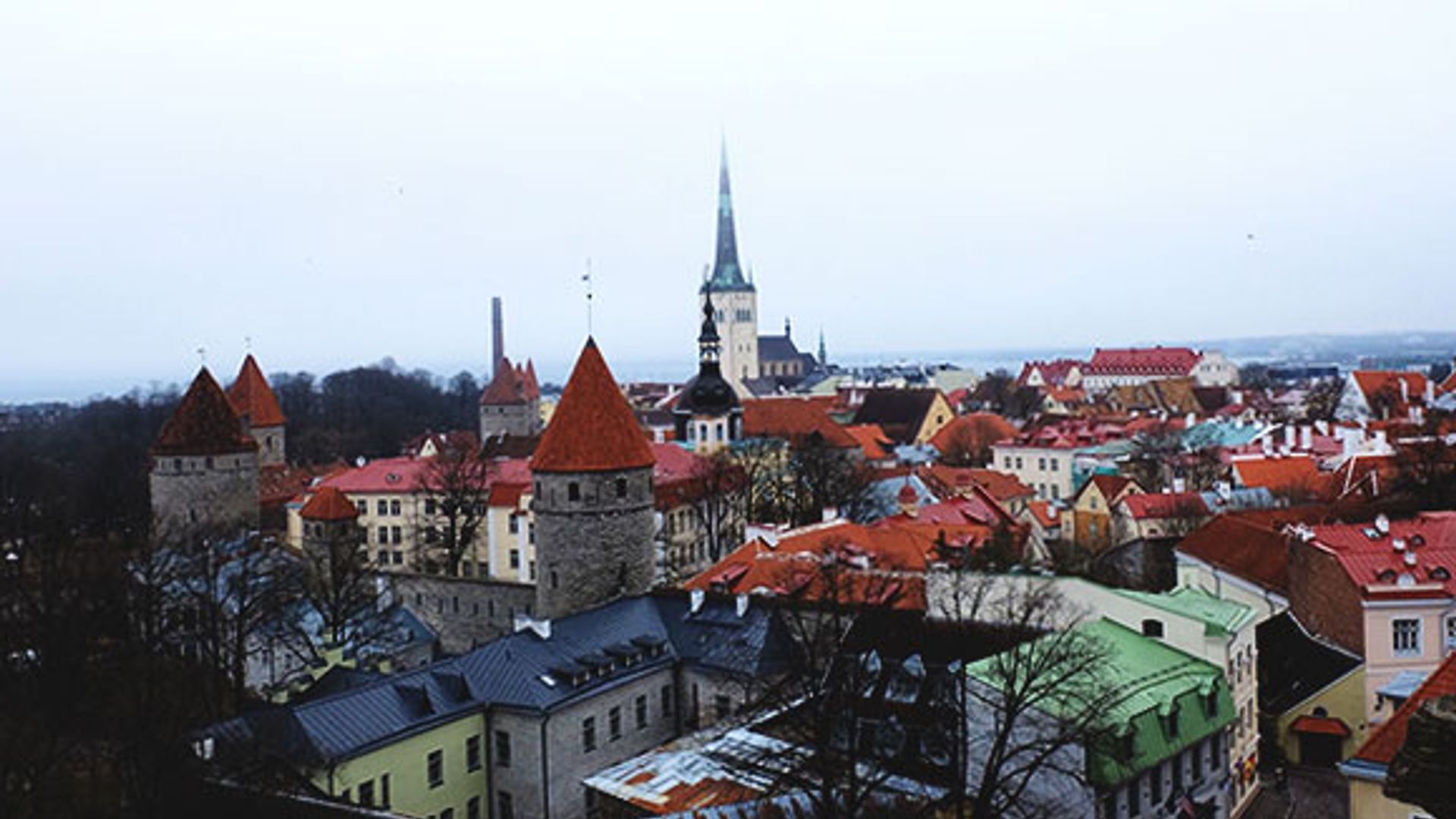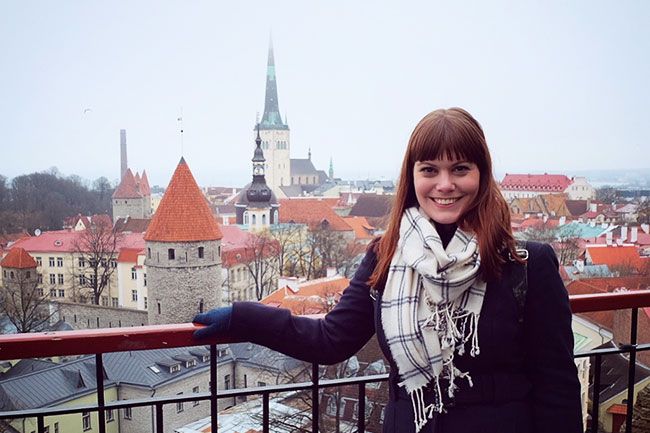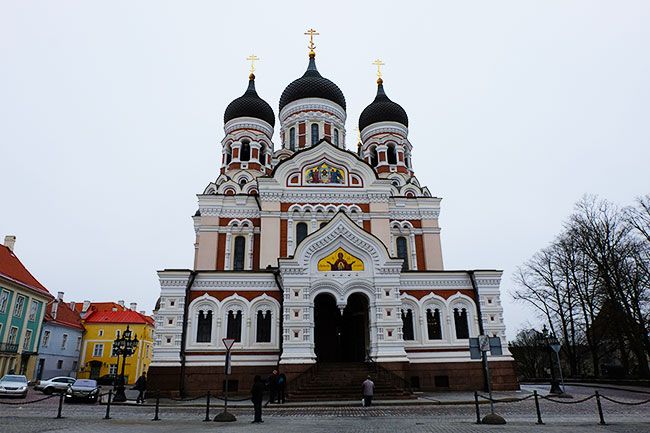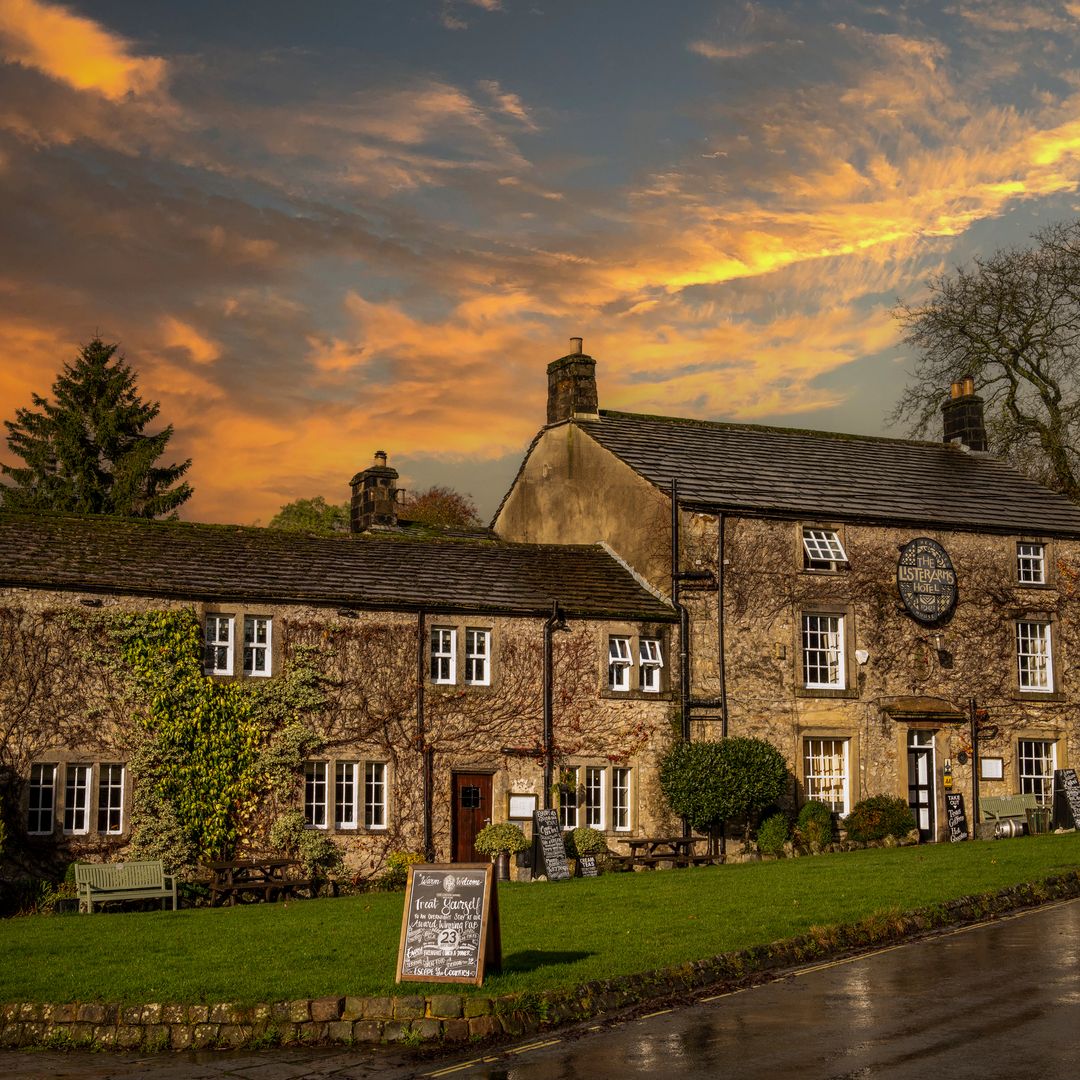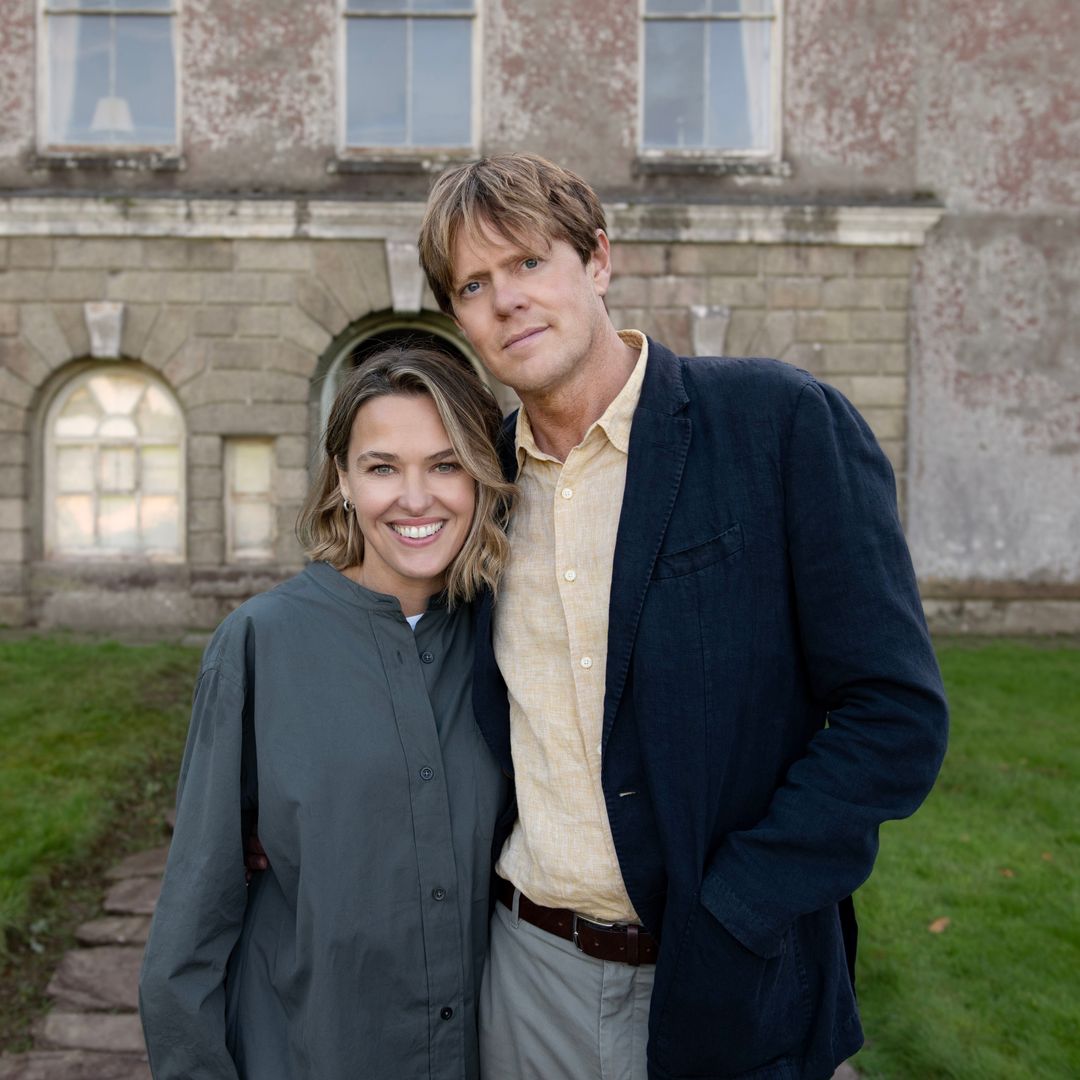From the latest indie rock bands and avant garde composers to the once-banned folk songs that sparked a revolution, Tallinn is the perfect port for music lovers looking to expand the annual festival route or capture their love of music with kids in tow. With a rich history and picturesque views of sea and city, the Estonian capital has long been one of the gems of the Baltic region.
Celebrating their 100-year anniversary of independence in 2018, now is the perfect time to explore the country so musical that it has quite literally shaken off an occupation with a Singing Revolution. HELLO! couldn’t wait to explore the wealth of festivals, fine dining and fascinating history with a harmonious weekend away earlier this year.
For music lovers like me Tallinn is the place to be, with something like 24 different music festivals held across the country each year – from the August Blues Festival in Haapsalu to the Hard Rock Laager in July. Europe’s biggest and most diverse festival is Tallinn Music Week, which runs each year at the beginning of April and with more than 230 performers taking part, features the best in European dance, indie rock and metal bands, experimental avant garde, jazz and fusion, and classical performances.
Estonia has a rich musical history
With just a weekend to explore, the size and range of the festival was a little intimidating until I realised so that as long as you keep your ticket with you it's possible to stumble across different concerts as you explore the city by day or night – including pop up gigs in cafes, museums and people's homes!
My highlights included TMW's opening ceremony, held at the Kultuurikatel – or Tallinn Creative Hub (a former power station whose brick chimney dominates the skyline in the modern part of the city) – where an international group including German musician Alexander Hacke and UK beatboxer BellaTrix kicked off the night. The next evening we switched gears completely, swapping edgier beats for a trip to the beautiful Estonia Concert Hall and the National Symphony Orchestra conducted by American maestro Joseph Swensen.
The concert hall might seem like a more traditional venue, but as with so much of Tallinn, the building and its adjacent Opera House sheds light on the city's history. For much of its history, Tallinn’s importance as a trading route meant it was ripe for occupation, whether by the Danish, German Hanseatic nobility (who created the historic Upper Town) or the former USSR after World War II, and the mix of cultures – and the Estonian sense of humour – is clear in the city's architecture. The Estonian Opera House is built with it's back to the older German theatre in a subtle dig.
The suburban Soviet blocks are an incredible contrast to the twisting spires and winding roads of the ancient Upper and Lower Old Town, and a guided tour will shed light on the unique culture, communities and tensions that began in this UNESCO World Heritage site and went on to shape the country. Our tour guide, Erik Aarpuu (White Oak Tours), was a wealth of knowledge and stories fascinating and gory enough for kids and adults alike, and discovering the sometimes bloody history held within the ancient town's quaintly cobbled streets was one of my favourite parts of the trip.
For art-lovers or visitors looking for more modern history, the KUMU Art Museum has a permanent exhibition introducing the history of Estonian art. The whole exhibition is well worth a look, but the collection of art during the Soviet occupation is disturbing, enthralling and beautiful in turns. From there, no musical trip is complete without a pilgrimage to Kadriorg and Lauluväljak, the grounds of the Song Festival. Held every five years, the Song Festival commemorates the Singing Revolution which ended Soviet rule. When demonstrating against the USSR from 1987, Estonian protesters began simultaneously bursting into banned national folk songs. By September 1988 more than a quarter of Estonians, more than 300,000 people, gathered in these grounds for a song festival in protest.
Now though, Tallinn is a city bursting with creative enterprise. From the leaps forward in encryption and computer technology (I was amazed to discover that Tallinn was the birthplace of Skype), to the hipster-led renovations of its traditional (and super pretty) fishing communities, nothing is done without a dose of art, music and enterprise all geared towards upcoming generations. A trip to Telliskivi Creative City shows this clearly: the old industrial site is now full of thriving creative businesses and craft makers.
If you're travelling with family, the food in Tallinn is fantastic for even the fussiest of eaters. In fact the whole city is dotted with gourmet-level restaurants, and it's hard to resist a hot chocolate in one of the cute cafes that overlook the Old Town Hall. Restaurant Farm in the Lower Town is particularly good for a modern take on Estonian meals, and the quirky décor will delight the whole family. In the modern part of the city, try the cosy NOA restaurant for delicious fish specialties with a sea-view of the Gulf of Finland or Korsten Armastus & Hea Toit (Chimney, Love and Great Food) at the Kultuurikatel centre for a relaxed fusion of east and west.
Tallinn's blend of stunning scenery, complicated history and flourishing music scene means there really is something for every age, and although this was my first visit to Estonia it has made me hungry to explore the rest of the region – Baltics, here I come!
Head to visitestonia.com/en to plan your trip now
